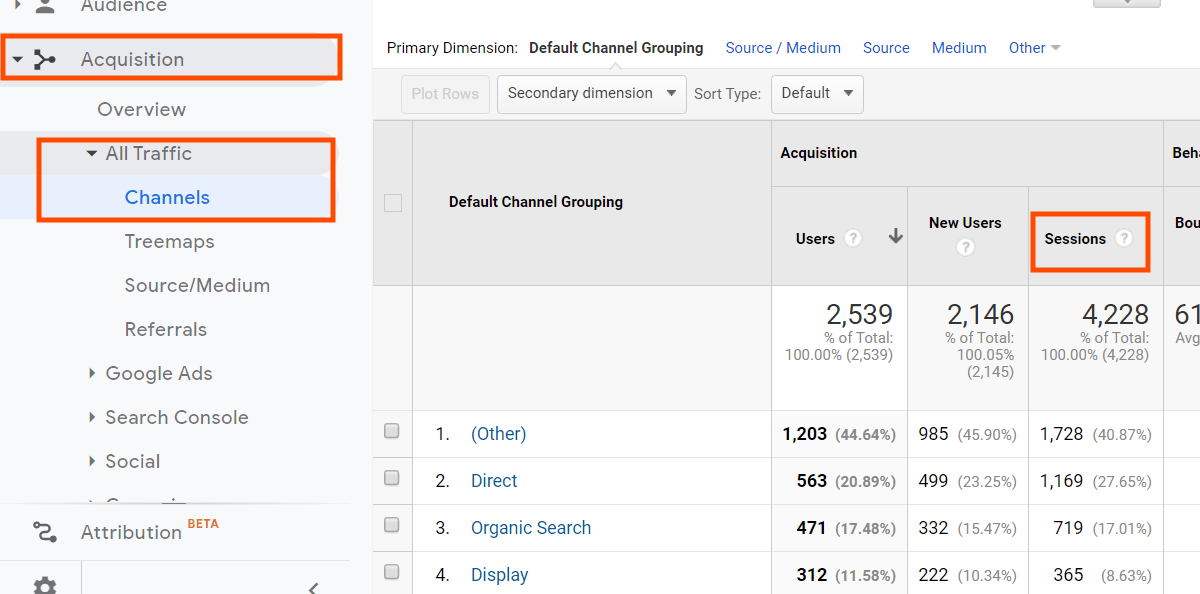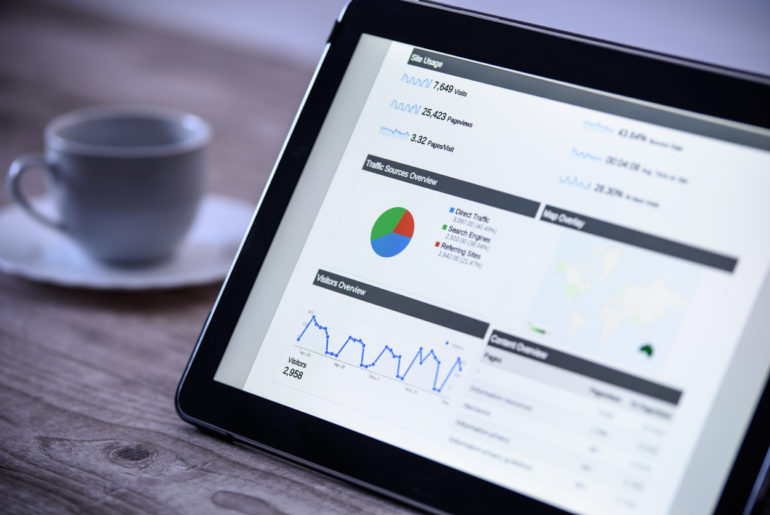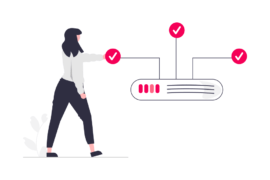Digital ad revenue is the main source of income for the majority of content creators and publishers worldwide. This ad revenue, in turn, is dependent on the number of users that come to the website. To increase the chances of an ad click, you want your users to stay on the site for a long duration. It is via sessions in Google Analytics that you can track this.
What is a Session in Google Analytics?
This is how Google defines a ‘session’.
“The period of time a user is active on your site or app. A session is a group of user interactions with your website that takes place within a given time frame. For example, a single session can contain multiple page views, events, social interactions, and eCommerce transactions.”
What this means is that if I browse abc.com/page_1 for 3 seconds followed by abc.com/page_2 for 6 seconds, it will be counted as a single session, even though the pageview count is two.
How to View Sessions Data in Google Analytics?
This data can be accessed by following these steps:
- Go to Audience > Overview tab.
- The sessions data will be visible in a block format (with a host of other metrics).

Note: Sessions data will always remain available to be viewed as a secondary metric when you view other data like pageviews, users, events, etc.
Difference Between Sessions and Users
Sessions are a subset of users. Anyone who comes to your website is counted as a user. A single user can, however, have more than one session.
If the user ‘X’ visits a site abc.com today for 4 minutes and then again tomorrow for 6 minutes, these will be counted as 2 separate sessions, although they were initiated by the same user. Therefore, in this scenario, a single user-generated two sessions on two consecutive days.
Given we have some idea on what session is, let’s get into the specifics of how these sessions are counted in Google Analytics.
Session Change in Google Analytics
UTM Change
If a tracked user on a page clicks on a link tagged with UTM parameters, Google Analytics counts it as a new session. As a user, if I’m browsing a blog page marked with the medium ‘organic’, and then if I click on a link that takes me to a product features page which has the source tagged as blog, Google Analytics will record a new session.
30-minute Timeout
As soon as 30 minutes end for a user browsing on a page, Google Analytics increases the session counter by 1. What this means is that if the same user remains on the site for 31 minutes, GA will consider this as two sessions. (0-30 minutes) and (30-31 minutes)
Midnight
If you enter the website at 11:59 pm and leave the website at 12:05 am, Google Analytics will count this as 2 sessions. For publishers with traffic from more than one country, this is something the publishers need to be careful with. If I’m an Indian publisher with traffic from the US, and don’t have the timezone settings right, I might end up bloating or deflating the sessions based on the Indian timezone settings itself.
_ga_cookie Overwritten
As mentioned on the GA website, by default, analytics.js uses a single, first-party cookie named _ga to store the Client ID, but the cookie’s name, domain, and expiration time can be customized using the Google Analytics API.
Changing How Google Handles Sessions:
If you are a publisher in the gaming niche, the 30-minute default timeout may be too short, maybe you want to set 45-minute sessions to be counted as one. Here is how you can change the session timeout settings in the Analytics Dashboard:
- Admin>Property>Tracking Info>Session Settings>Timeout Handling>Click Apply
Similarly, if you are a US publisher with traffic from Europe, it will make sense to adjust the time zone accordingly. Here is how you can change the timezone settings.
- Admin >Settings >Time Zone >Time Zone Settings >Set Time Zone >Apply
Understanding of Sessions is the building block of Google Analytics and publishers should continuously check if the sessions are configured correctly within Analytics to meet the custom requirements and to build engaging content.

Shubham is a digital marketer with rich experience working in the advertisement technology industry. He has vast experience in the programmatic industry, driving business strategy and scaling functions including but not limited to growth and marketing, Operations, process optimization, and Sales.







